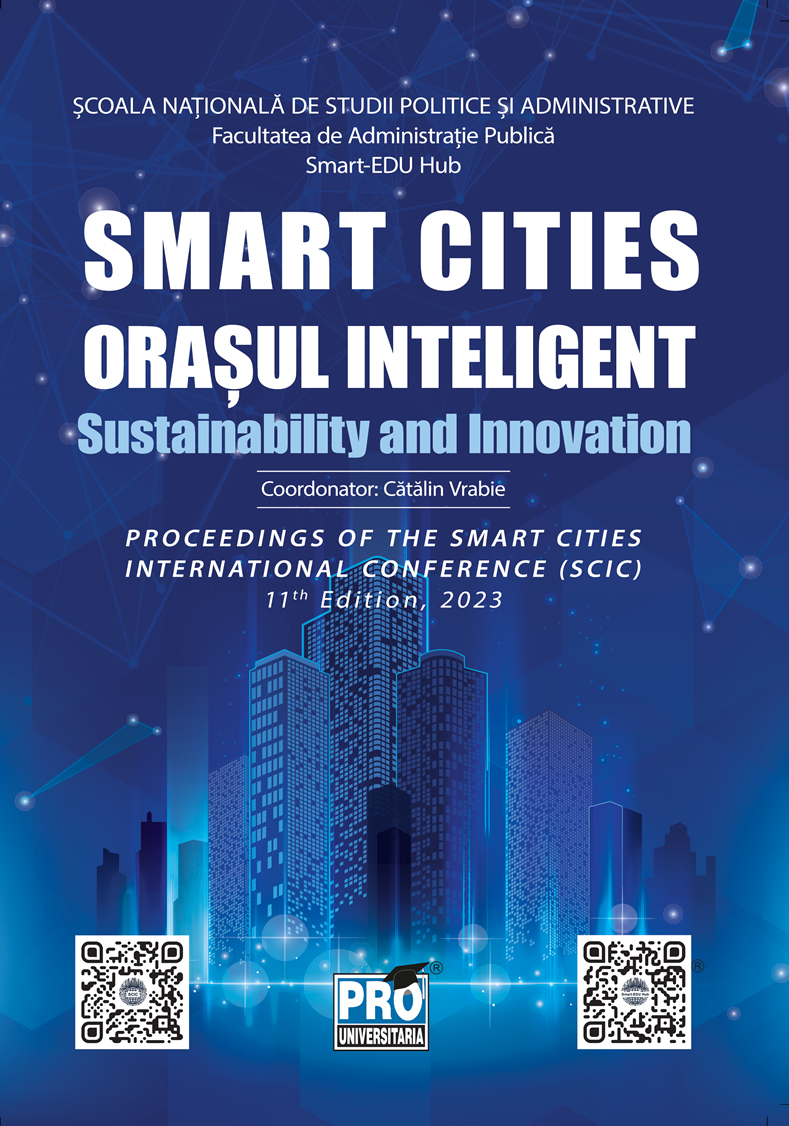Challenges and opportunities in designing data structures for a smart city
Keywords:
database principles, big data, JSON, NoSQLAbstract
The Internet of Things generates a vast amount of data in smart cities. However, with the increasing popularity of cloud storage and the ever-improving hardware, data storage is no longer a problem. Despite this, there may still be a need to conduct research and analyze aspects such as data variety and velocity to address some technological issues. This paper explores the concepts of normalization and denormalization in SQL and NoSQL databases, highlighting their advantages and disadvantages. It emphasizes the importance of carefully designing data structures in smart city applications. It is essential to consider the best approach to organize and manage information, taking into account the various areas of interest. To identify relevant data, analytics techniques are required to discover patterns, insights, and trends from large and complex data sets. One way to do this is through AI linked with Machine Learning. This approach can provide a better understanding of policy
formulation, resource allocation, infrastructure planning, and service optimization. Additionally, we present a case study of a smart city application called SmartSantander, which illustrates how the use of NoSQL databases and denormalization can improve query performance. This could be a solution for addressing the data velocity problem. The article also emphasizes the importance of interoperability and cybersecurity in smart city data structure design. It highlights the use of JSON as a data interchange format and the need for secure data
warehousing to protect sensitive information. Finally, our goal is to outline a solution that a smart city could implement to manage data effectively and securely. We propose using a hybrid approach that satisfies all its
needs.
Downloads
Published
Issue
Section
License
Copyright (c) 2024 Costel CIUCHI, Alin BONCIU, Ana-Maria DINCA, Mihai STOIAN

This work is licensed under a Creative Commons Attribution-NonCommercial-NoDerivatives 4.0 International License.


